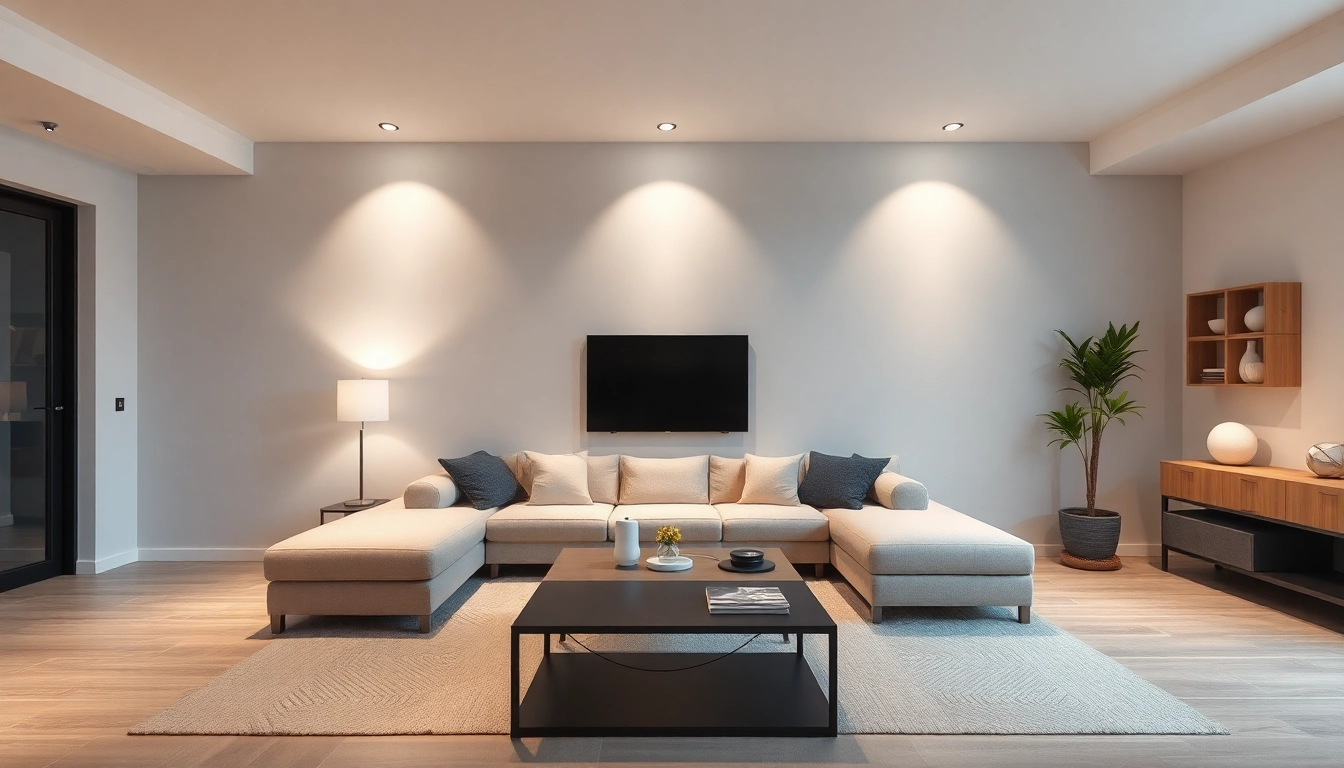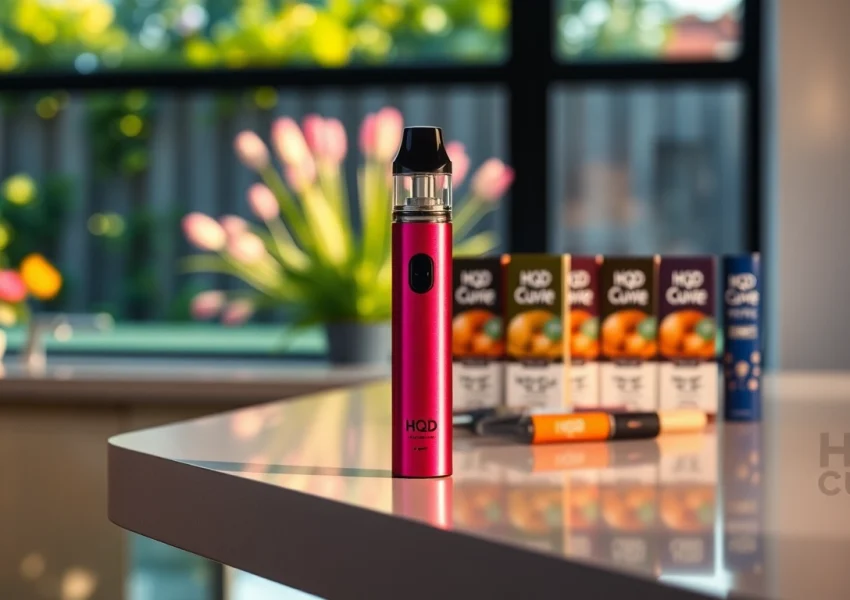Introduction to Smart Home Gadgets
As technology evolves, the way we interact with our homes has drastically changed. Smart home gadgets have emerged as essential tools that not only enhance convenience but also improve efficiency and security. This modern revolution in home management offers a plethora of options, making it a challenge to narrow down what qualifies as the best smart home gadgets. This article will thoroughly explore what these gadgets are, their benefits, how to choose the most suitable ones for your home, and delve into the top smart home gadgets of 2025.
What Are Smart Home Gadgets?
Smart home gadgets refer to interconnected devices designed to enhance everyday living by automating tasks and monitoring home environments. These devices communicate with each other and can often be controlled remotely via smartphones or voice commands. The range of smart devices is vast, including smart speakers, lights, thermostats, security cameras, and even smart appliances. The fundamental goal of these gadgets is to simplify life through automation and enhanced control.
Benefits of Using Smart Gadgets
The adoption of smart home gadgets presents numerous advantages:
- Convenience: Automating regular tasks such as adjusting thermostats or controlling lighting provides significant convenience for homeowners.
- Energy Efficiency: Many smart devices are designed to optimize energy usage, helping you to reduce your bills while being environmentally conscious.
- Enhanced Security: With devices like smart locks and security cameras, you can monitor and secure your home from anywhere in the world.
- Increased Comfort: Personalized lighting and temperature settings can create an environment tailored to your preferences.
- Integration: The ability to integrate multiple devices allows for comprehensive home management through single platforms like Amazon Alexa or Google Home.
How to Choose the Best Smart Home Gadgets
Selecting the right smart home gadgets involves several important considerations:
- Compatibility: Ensure that the device you choose is compatible with your existing technology, whether it be your smartphone, smart speakers, or protocols like Zigbee and Z-Wave.
- Functionality: Determine what you want the gadget to do. Some devices are multifunctional, while others serve specific needs.
- Ease of Use: The user interface and installation process should be straightforward, particularly if you’re not tech-savvy.
- Price and Value: Consider your budget; often, more expensive gadgets come with features that justify their cost, but affordable options also exist.
- Support and Updates: Good customer support and regular software updates from the manufacturer are essential for the longevity and security of your smart devices.
Top Smart Home Gadgets of 2025
With the growth of home automation technology, an impressive lineup of smart gadgets is poised to change the way we live in 2025. Below are some of the standout smart home devices expected to dominate the market.
Smart Speakers and Assistants
Smart speakers, such as the Amazon Echo and Google Nest Hub, serve as central hubs to control other smart devices. They allow for hands-free control, where users can interface through voice commands. Features include:
- Music playback from various streaming services
- Smart home control, including lights, thermostats, and security systems
- Integration with third-party apps and services for enhanced functionalities
- Provision of information, from news and weather to reminders and alarms
In 2025, advancements will focus on improving voice recognition and expanding integration capabilities with third-party smart devices, providing a truly connected experience.
Smart Lighting Solutions
Smart lighting products, like Philips Hue and LIFX, offer flexibility in home illumination. They allow you to control brightness, color, and schedules all through your smartphone or smart assistant. Innovations include:
- Adaptive lighting that changes color temperatures based on the time of day for improved ambiance
- Automated routines that turn on/off lights based on user presence or time of day
- Integration with smart security systems, enhancing safety during the night
These technologies not only provide convenience but also help in energy conservation and creating the perfect atmosphere!
Smart Security Devices
As security remains a top priority for homeowners, smart security systems such as Ring Doorbell and Arlo cameras are increasingly popular. Key features include:
- Remote access to camera feeds and notifications when activity is detected
- Smart locks that allow keyless entry and remote lock/unlock capabilities
- Integration with alarm systems and smart speakers to keep you notified
With continuous advancements in AI-driven facial recognition and motion detection, the future of smart security looks promising.
Setting Up Your Smart Home
Implementing smart devices in your home may seem daunting, but following several essential steps can lead to a seamless setup.
Essential Steps for Installation
The installation process generally involves:
- Research: Before purchasing, ensure compatibility and read reviews to ascertain the best devices for your needs.
- Network Readiness: Ensure your Wi-Fi network can accommodate additional devices; a robust router is essential.
- Device Placement: Strategically place devices in areas where they will be most effective, considering connectivity and usability.
- App Installation: Most smart devices come with an app that will facilitate registration and configuration.
Always refer to the manufacturer’s instructions for specific installation processes, as these can vary significantly.
Best Practices for Smart Home Connectivity
To ensure optimal performance:
- Keep your Wi-Fi network secure to prevent unauthorized access.
- Use a dedicated hub if compatible devices require different protocols (e.g., Zigbee, Z-Wave).
- Regularly update firmware and applications to enhance functionality and security.
Integrating Devices for Optimal Performance
Integration is key for maximizing the potential of smart home gadgets. Consider the following:
- Use platforms like Google Home or Amazon Alexa to create scenes or routines that allow multiple devices to work together.
- Explore third-party applications that can integrate devices from different brands for an extended ecosystem.
- Periodically reassess and adjust your setup as new devices and features become available.
Common Challenges with Smart Home Gadgets
While smart home devices can transform your living experience, they can also present challenges.
Compatibility Issues
Not all devices communicate seamlessly with others. It’s vital to confirm that components are compatible within ecosystems—make sure to purchase devices known for flexible compatibility, and check for software updates often.
Privacy and Security Concerns
Given the nature of smart devices, data privacy will always be a consideration. To improve security:
- Prefer devices with strong encryption and security protocols.
- Regularly change passwords and enable two-factor authentication when possible.
Managing Multiple Devices
As you accumulate various smart devices, managing them all can become complicated. Using a unified app or hub can greatly simplify control, while categorizing devices into logical groups (e.g., lights, cameras) in your interface will enhance navigability.
Future of Smart Home Technology
The landscape of smart home technology is ever-evolving, and the future holds exciting potential for innovation and enhanced user experience.
Emerging Trends to Watch
Key trends emerging include:
- Enhanced AI Capabilities: Improved predictive algorithms will offer greater customization based on user habits.
- Increased Interoperability: Future devices will be designed to work together more seamlessly, regardless of brand.
- Expansion of Voice Commands: Voice interfaces will become more comprehensive, allowing for greater commands and integrations.
Innovations on the Horizon
As technology continues to advance, look out for:
- Integration of smart home systems with health monitoring technologies, enabling remote care.
- Smart home environments that can adapt proactively to real-time data, such as weather changes.
- Increased use of augmented reality (AR) and virtual reality (VR) for home management and customization.
Enhancing User Experience in Smart Homes
The ultimate goal of smart home technology is to enhance user experience. As technology advances, the focus will be on:
- Creating intuitive interfaces that require minimal learning curve.
- Providing customizable experiences that adjust to each individual’s lifestyle.
- Ensuring data security while offering rich personalized functionalities.
As we move forward, these advancements will likely redefine our expectations of “home,” ushering in a new era of living where convenience and comfort are at the forefront.






